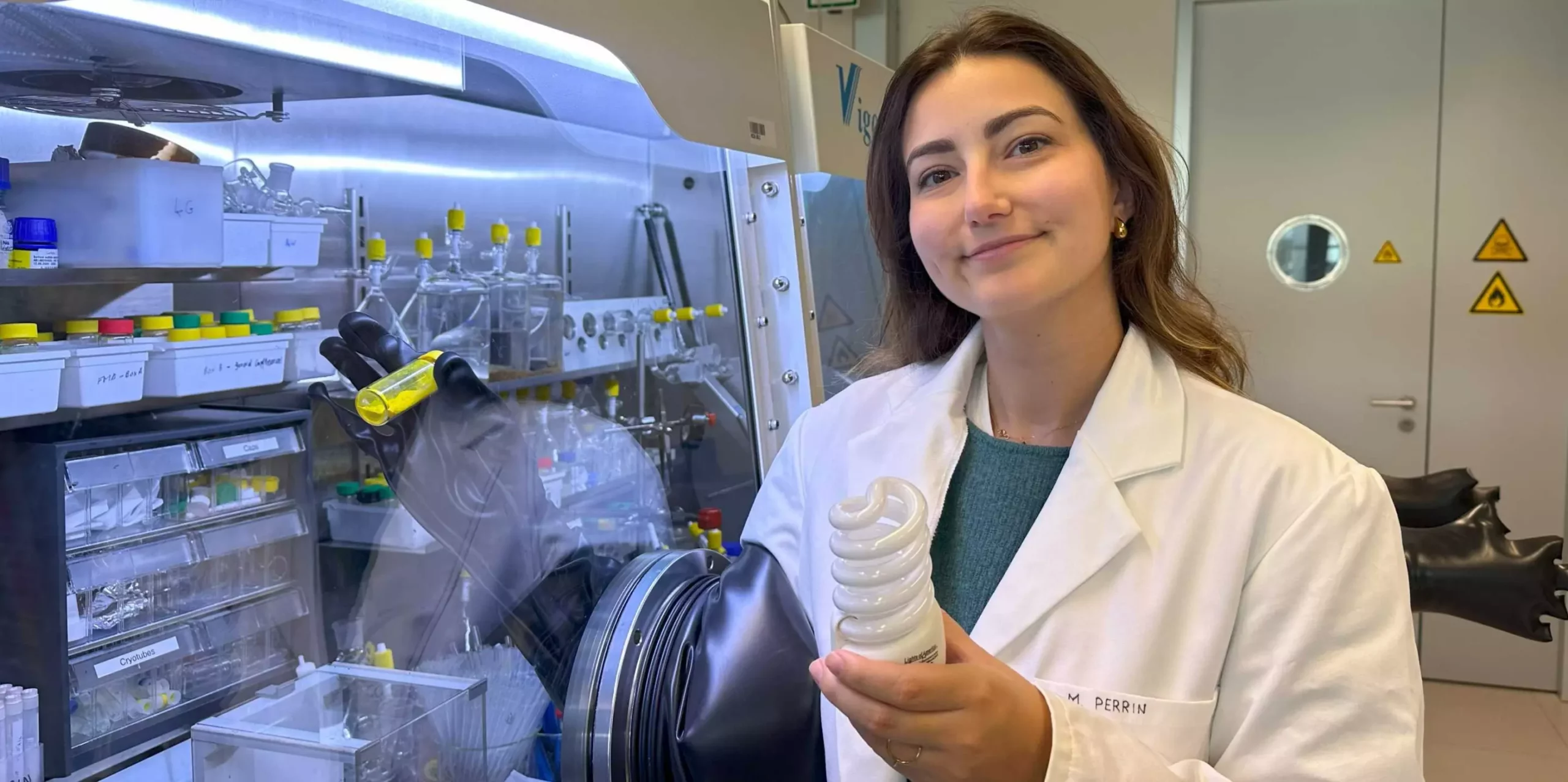The term “rare earth metals” is somewhat of a misnomer; these 17 elements are not particularly rare in terms of abundance in the Earth’s crust. However, their significance in contemporary technology cannot be overstated. From powering smartphones and electric vehicles to facilitating renewable energy solutions such as wind turbines and solar panels, these metals are intricately woven into the fabric of modern life. The real challenge lies not in their scarcity, but in the extraction and refinement processes, which are often environmentally damaging and economically wasteful. The global dependency on countries like China for these critical resources accentuates the urgency to innovate more sustainable practices in their extraction and reclamation.
The High Cost of Extraction
The process of extracting rare earth metals is no simple feat. These substances do not exist in pure form but rather as part of intricate mineral compounds. The chemical similarities among rare earth metals only complicate the extraction process, rendering traditional methods highly energy-intensive and resource-depleting. Multiple extraction steps using harsh chemicals result in exorbitant costs and create substantial environmental harm, leading to a cycle of destruction that contradicts the very sustainability these metals aim to promote in energy technologies. Moreover, the low recycling rates of rare earth metals in regions like Europe exacerbate their critical status, generating an urgent call for innovative solutions.
A Breakthrough in Separation Technology
In a pioneering approach, researchers led by Victor Mougel from ETH Zurich are developing promising techniques to overcome the challenges of rare earth metal separation. Their recent study unveils a groundbreaking method focused on the separation and recovery of europium—one of the rare earth elements—using an unexpectedly simple inorganic reagent. This discovery deviates from conventional methods that often require extensive liquid-liquid extraction steps. Instead, the new strategy harnesses tetrathiometallates, small inorganic molecules that bind to metals similarly to natural enzymes, effectively enhancing separation efficiency. This innovation is a game-changer, achieving recovery rates that are magnitudes higher—at least 50 times better—than previous methods.
Inspired by Nature’s Efficiency
The ingenuity behind this new separation method draws inspiration from nature itself. Tetrathiometallates naturally exist as binding sites in proteins, allowing metals to be channeled through biological processes. By adapting this biological principle to their framework, researchers have created a method that not only simplifies the extraction process but also mitigates existing environmental impacts. The ability to implement this technique on electronic waste—specifically, used fluorescent lamps—provides a dual advantage: valuable resources are reclaimed while simultaneously addressing the growing problem of e-waste.
Urban Mining: The Untapped Potential
Marie Perrin, a doctoral candidate involved with the groundbreaking research, highlights the significant yet underutilized potential of electronic waste as a source of rare earth metals. Currently, large swaths of lamp waste generated in countries like Switzerland are treated as disposable, often ending up in landfills. By shifting the narrative toward viewing this waste as an “urban mine,” the researchers propose a transformative framework where discarded fluorescent lamps serve as a source for recuperating valuable europium and other rare metals. This shift not only strengthens local economies by reducing reliance on imports but contributes towards creating a circular economy that extends the lifecycle of rare earth metals.
The Road Ahead: Scaling Up Sustainability
Despite the optimism surrounding Mougel’s team research, the logistics of implementing these new methods on a commercial scale remain a challenge. The researchers have taken a crucial step by patenting their innovative technology and envisioning a start-up called REEcover. This initiative aims not only to commercialize their findings but also to catalyze a broader movement towards sustainable practices in the rare earth metals space. Future endeavors include adapting their separation technology to recover additional rare metals like neodymium and dysprosium, primarily used in high-performance magnets. If successful, this could pave the way for a paradigm shift in how we view and utilize rare earth metals, reinforcing the importance of recycling and sustainable extraction methods in a world increasingly reliant on these crucial resources.
The disparities in current recycling rates emphasize the need for a more robust and environmentally friendly approach to managing rare earth metals. As the exploration of their new method continues, the implications ripple across environmental, economic, and technological domains, laying the foundation for a future where rare earth metals aren’t simply “rare” but responsibly and sustainably integrated into our everyday lives.


Leave a Reply